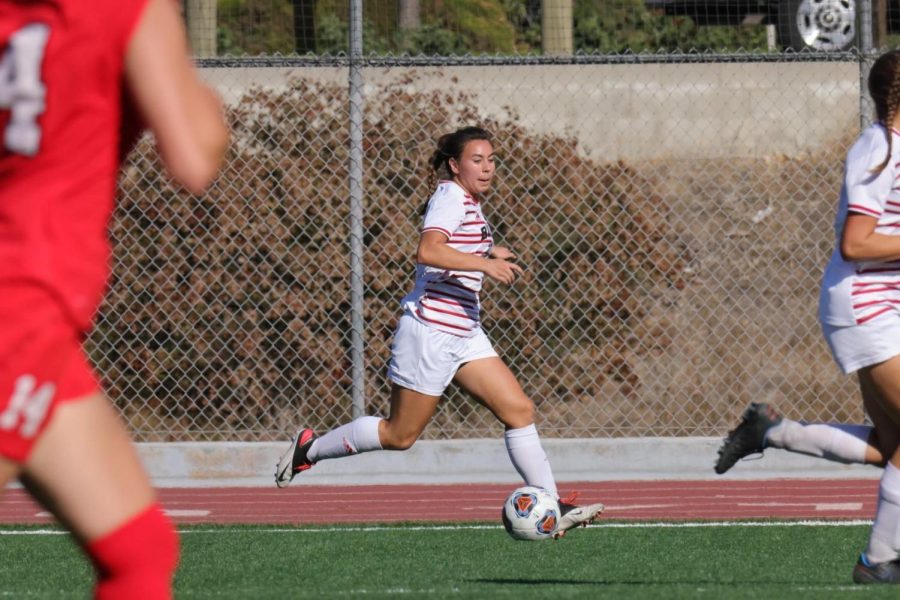The lines, colors and shades of ink etched into the skin of students and faculty are as diverse in meaning as they are in style. Tattoos have long served as social or cultural identifiers throughout history.
The theological debate surrounding Leviticus 19:28 — “You shall not make any cuts on your body for the dead or tattoo yourselves” — roared in times past. While the discussion is by no means settled, tattoos are no longer solely associated with rebellion or negative social affiliations.
The increasingly adorned skin of Christians and non-Christians in the U.S. suggests a shift in perspective regarding the art. For many, tattoos are a method of expressing meaning.
“They mean a lot to people these days — even the little impulsive ones mean something,” said art professor Kurt Simonson. “That’s what I find rich about it now. Most of the time, they’re a reflection of our reach for meaning. We don’t have a lot of symbols in our culture anymore. We’re making our own.”
Simonson has observed the evolving trends of tattoos among students during his 12 years of teaching.
“I’ve seen a lot more small tattoos,” he said. “I’ve noticed this increasing trend toward what I call sporadic tattoos. More and more, there’s the smattering of tattoos. It feels much more impulsive.”
The tattoo culture of Biola can be seen creeping from beneath the sleeves and hems of students’ clothing: Hebrew and Greek phrases scrawled across arms, crosses discreetly placed on necks and wrists, and even entire sleeves commemorating spiritually significant events.
Biola students and faculty share the stories and significance behind their ink.
Octavio Martinez
Senior philosophy major

Olivia Blinn/THE CHIMES
"We’ve packed a lot of significance into the idea of love. I get that, and I think it’s true. But it’s not romantic love. It’s the love of a redeemer and savior that gives you significance and meaning. 1 Corinthians 13 is always read in that fuzzy, romantic way — at every wedding. But the real work of it is verse seven: ‘It always trusts, always protects, always hopes, always perseveres.’ It’s … near impossible, but it’s the only thing that changes people. I think that 1 Corinthians 13:8a is true: ‘Love never fails.’ Long before I tattooed my hands — and I wanted it to be visible — it tattooed my soul. Love always wins.”
Kurt Simonson
Art professor

Courtesy of Kurt Simonson
“For me, they’re markers of significant times in my life, of pilgrimage, of significant places I’ve been to. They represent places in England, Sweden and Scotland that have been purposeful times of seeking God and seeking direction.”
Abigail Barthe
Freshman psychology major

Melanie Kim/THE CHIMES
“When I was a sophomore or junior in high school, my grandma got breast cancer. And that was really difficult, because we weren’t really sure which way that was going to go. She’s fine now, praise the Lord, but there’s just been a lot of cancer in my family. Luckily everybody that’s in my family has overcome it.”
John Woolard
Senior biblical studies major

Olivia Blinn/THE CHIMES
“When I initially started getting tattoos, it was about what constitutes good art. If it was good art, then it meant a lot to me. The Japanese style appealed to me. I tattooed myself a little bit. And then I really started to like traditional work. I have a lot of roses. And then I started doing more Americana-style tattoos with bold lines and simple colors. Even though I have many non-Christian tattoos I want them now to paint the picture of redemption.”
Dani Isaacs
Sophomore human biology major

Melanie Kim/THE CHIMES
“Before I gave myself to Christ, I was really suicidal and I had a self-harm tendency. I put it on my hips, and I have like initials and things on my hips. After I gave my life to the Lord, I was just like, ‘I really don’t want to have to look at this every day.’ When you go in the shower or something, scars turn red. I would see them every day. So my parents, for my eighteenth birthday, gave me a gift, and it was like a slip that said, ‘We give you this blessing to have this tattoo.’”
Matt Gugel
Senior biblical studies major

Olivia Blinn/THE CHIMES
“Everything within mine actually tells a story. So on the inside is the beginning. It’s the path of life. It’s kind of rocky, because the path of life is difficult, but we walk it knowing that the lion of Judah, who’s also the protector of the tree of life, has walked it before us. It allows us to adequately reflect the glory of God.”







